Rock-Cut Tomb Of Pennut, Viceroy Of Nubia Under Reign Of Ramses VI
A. Sutherland - AncientPages.com - Many ancient monuments have been rescued from rising waters of powerful Nile River.
One of them is rock cut 'Tomb of Pennut', which is situated in Aneiba (Aniba), Lower Nubia, approximately 140 miles south of Aswan, in the south of Egypt.
In the 1970s some of the best and most colourful of the scenes were stolen. Tomb of Pennut. Lake Nasser, Egypt. Image credit: Dennis Jarvis - CC BY-SA 2.0 DEED
Today, Aneiba (or Mi’am) does not exist. It was flooded by the Lake Nasser but in times of Ramses VI, it was an important administrative center of Lower Nubia and the seat of governor and higher officials. The city's Horus temple dates back to the Middle Kingdom. The cult of Horus of Mi'am was not limited to his city but like all other Horus it was widespread throughout Nubia.
The current location of the tomb of Pennut is on the shore of Lake Nasser, on the site of the new Amada.
Pennut, Viceroy of Kush was a prominent figure also known as “King’s Son of Kush”. This prominent Egyptian official lived at the time of Ramses VI (1143-1136 BC) and was supervisor of the province of Aneiba, the seat of governor and higher officials.
Egyptologist Professor George Steindorff (1861-1951) found the tomb during the excavations at the second raising of the Aswan Dam.
While studying the tomb, he found that Pennut served under Ramses VI, the fifth ruler of the Twentieth Dynasty of Egypt. His office was “Deputy of Wawat”, Chief of the Quarry Service” and Steward of Horus, Lord of Mi’am” and he was an important Nubian figure.
See also:
Taharqa – The Most Powerful Of The Black Pharaohs
Ancient Great City Of Napata In The Kingdom Of Kush
Two of his relatives also held high positions of “Treasurer of the Lord of Two Lands of Mi’am” and another was “Scribe of the white House and Mayor of M’am”.
However, their tombs have never been discovered.
The tomb of Pennut, a small, well-preserved structure with the entrance leading into a chamber 6.5 m (21ft) wide by 2.8 m (9ft) deep).
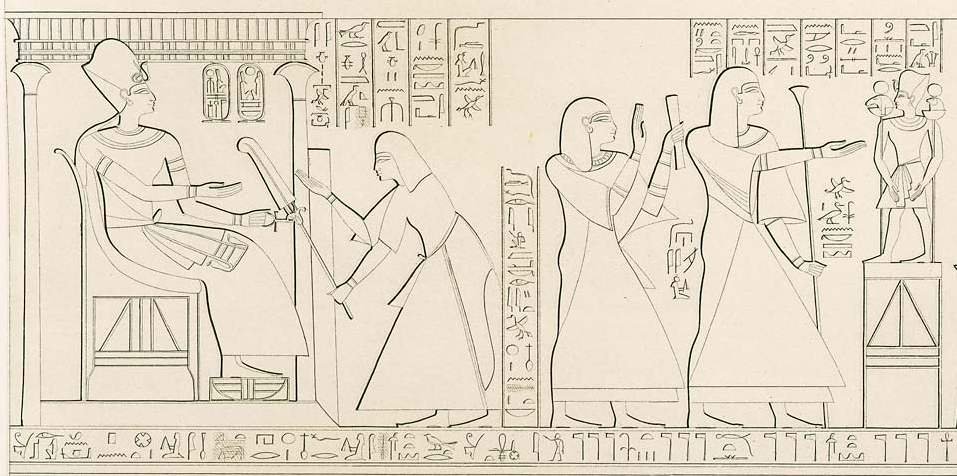
King's Son of Kush depicted in the tomb of Pennut in Aniba. Dates to the 20th dynasty. Ramesses VI. From Lepsius Denkmaler Abt 3, Band 7, Page 230
The tomb of Pennut (with a small offering chapel and a niche at the rear) was found decorated with the cartouches of the Pharaoh Ramses VI, carved on the walls of the chapel and many reliefs depicting how the Viceroy and members of his family used to adore various gods in front of other officials, and other important events and personalities from the Viceroy’s life.
One relief in his tomb shows Pennut himself receiving the gifts from Ramses VI form of two silver vessels.
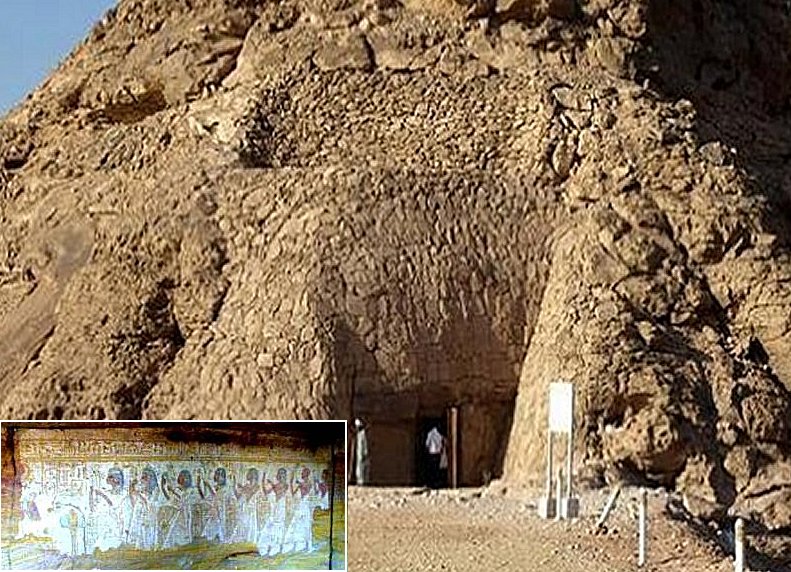
The tomb of Pennut was rescued by UNESCO's project, it presently is located opposite Qasr Ibrim, some 25 miles away from its original site.
There are also scenes associated with the afterlife. The tomb has several well-preserved and informative inscriptions.
Although very old, Pennut’s tomb is not only beautiful but also famous for its inscriptions authored by Pennut. The inscriptions give us a picture of the Nubian official’s life including records of the boundaries, offerings and presents given to Ramses VI.
In the tomb, there is also text recording Pennut’s donation of a statue of Ramses VI to the temple of Horus in Aneiba and funding made by him on behalf of agricultural lands.
Written by – A. Sutherland - AncientPages.com Senior Staff Writer
Copyright © AncientPages.com All rights reserved. This material may not be published, broadcast, rewritten or redistributed in whole or part without the express written permission of AncientPages.com
Expand for referencesReferences:
Török L. The Kingdom of Kush
N. D. Harkless, Nubian Pharaphs and Meroitic Kings
Altenmüller H. Studien zur Altägyptischen Kultur, Volym 31
More From Ancient Pages
-
 On This Day In History: Unbelievable Flight Took Place – On Apr 28, 1939
News | Apr 28, 2016
On This Day In History: Unbelievable Flight Took Place – On Apr 28, 1939
News | Apr 28, 2016 -
 Rare 4,000-Year-Old Sauna Discovered In Scotland
Archaeology | Oct 3, 2015
Rare 4,000-Year-Old Sauna Discovered In Scotland
Archaeology | Oct 3, 2015 -
 Mystery Of Giant Gogmagog’s Hidden Treasure Beneath Castell Dinas Bran
Featured Stories | Jan 23, 2025
Mystery Of Giant Gogmagog’s Hidden Treasure Beneath Castell Dinas Bran
Featured Stories | Jan 23, 2025 -
 Unexplained Sightings Of An Unknown Parallel World – Did He Stumble Upon An Interdimensional Portal?
Featured Stories | Aug 3, 2021
Unexplained Sightings Of An Unknown Parallel World – Did He Stumble Upon An Interdimensional Portal?
Featured Stories | Aug 3, 2021 -
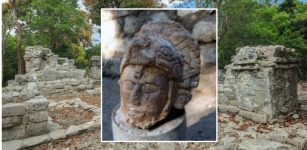 Sculpted Head Of Ancient Warrior Wearing A Serpent Helmet Found At Chichen Itza
Archaeology | Nov 13, 2023
Sculpted Head Of Ancient Warrior Wearing A Serpent Helmet Found At Chichen Itza
Archaeology | Nov 13, 2023 -
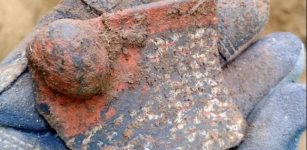 6,000-Year-Old Discovery Of Artifacts Associated With Ancient Lengyel Culture
Archaeology | Mar 27, 2020
6,000-Year-Old Discovery Of Artifacts Associated With Ancient Lengyel Culture
Archaeology | Mar 27, 2020 -
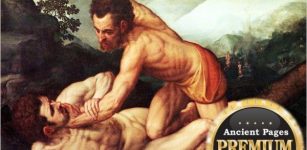 Was The Discovery Of Biblical Abel’s Giant Grave In Syria Covered-Up?
Ancient Mysteries | Oct 28, 2014
Was The Discovery Of Biblical Abel’s Giant Grave In Syria Covered-Up?
Ancient Mysteries | Oct 28, 2014 -
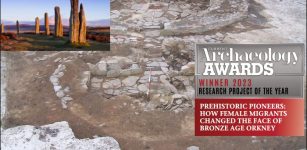 Impressive Study Highlights Female-Led Migration Into Bronze Age Orkney And Wins Prestigious Award For 2023
Archaeology | Apr 4, 2023
Impressive Study Highlights Female-Led Migration Into Bronze Age Orkney And Wins Prestigious Award For 2023
Archaeology | Apr 4, 2023 -
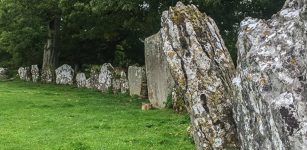 ‘Lios na Grainsi’ – Ireland’s Largest Stone Circle
Civilizations | Feb 3, 2016
‘Lios na Grainsi’ – Ireland’s Largest Stone Circle
Civilizations | Feb 3, 2016 -
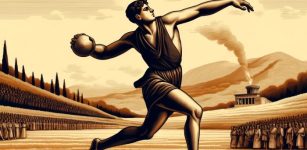 Nude Athletes And Fights To The Death: What Really Happened At The Ancient Olympics
Featured Stories | Aug 2, 2024
Nude Athletes And Fights To The Death: What Really Happened At The Ancient Olympics
Featured Stories | Aug 2, 2024 -
 Longest European Burial Mound Pre-Dating The Egyptian Pyramids Discovered In Czechia
Archaeology | Jun 24, 2024
Longest European Burial Mound Pre-Dating The Egyptian Pyramids Discovered In Czechia
Archaeology | Jun 24, 2024 -
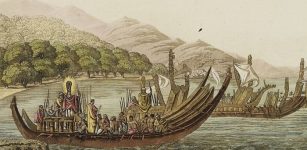 Stone Artifacts Reveal Long-Distance Voyaging Among Pacific Islands During The Last Millennium – New Study
Archaeology | Apr 21, 2023
Stone Artifacts Reveal Long-Distance Voyaging Among Pacific Islands During The Last Millennium – New Study
Archaeology | Apr 21, 2023 -
 Baby God Hermes Started His Life As A Liar And Trickster
Featured Stories | Dec 25, 2020
Baby God Hermes Started His Life As A Liar And Trickster
Featured Stories | Dec 25, 2020 -
 First Evidence Of Canoe Burial With Remains Of A Woman Discovered In Argentinian Patagonia
Archaeology | Aug 27, 2022
First Evidence Of Canoe Burial With Remains Of A Woman Discovered In Argentinian Patagonia
Archaeology | Aug 27, 2022 -
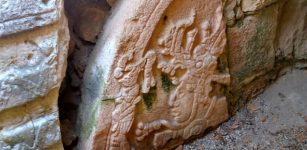 Dzibilchaltún: One Of The Most Ancient Mayan Centers In Northwest Yucatan, Mexico
Civilizations | Feb 2, 2016
Dzibilchaltún: One Of The Most Ancient Mayan Centers In Northwest Yucatan, Mexico
Civilizations | Feb 2, 2016 -
 Hundreds Of 19th-Century Skulls Collected In The Name Of Medical Science Tell A Story Of Who Mattered And Who Didn’t
Featured Stories | Nov 14, 2024
Hundreds Of 19th-Century Skulls Collected In The Name Of Medical Science Tell A Story Of Who Mattered And Who Didn’t
Featured Stories | Nov 14, 2024 -
 Life Of Earliest Modern Humans In Europe Revealed By Excavations Conducted In Romania
Archaeology | Aug 24, 2022
Life Of Earliest Modern Humans In Europe Revealed By Excavations Conducted In Romania
Archaeology | Aug 24, 2022 -
 Ancient Glass Workshop Unearthed At Iron Age Of Němčice
Archaeology | Jul 24, 2023
Ancient Glass Workshop Unearthed At Iron Age Of Němčice
Archaeology | Jul 24, 2023 -
 Apulian Secrets: Ancient Burial Rituals Shed Light On A Culture That Left No Written History
Archaeology | Jan 12, 2016
Apulian Secrets: Ancient Burial Rituals Shed Light On A Culture That Left No Written History
Archaeology | Jan 12, 2016 -
 The Aztec Sun Stone And Medusa Reveal An Intriguing Connection – Surprising Discovery – Part 1
Ancient Mysteries | Jul 30, 2018
The Aztec Sun Stone And Medusa Reveal An Intriguing Connection – Surprising Discovery – Part 1
Ancient Mysteries | Jul 30, 2018


